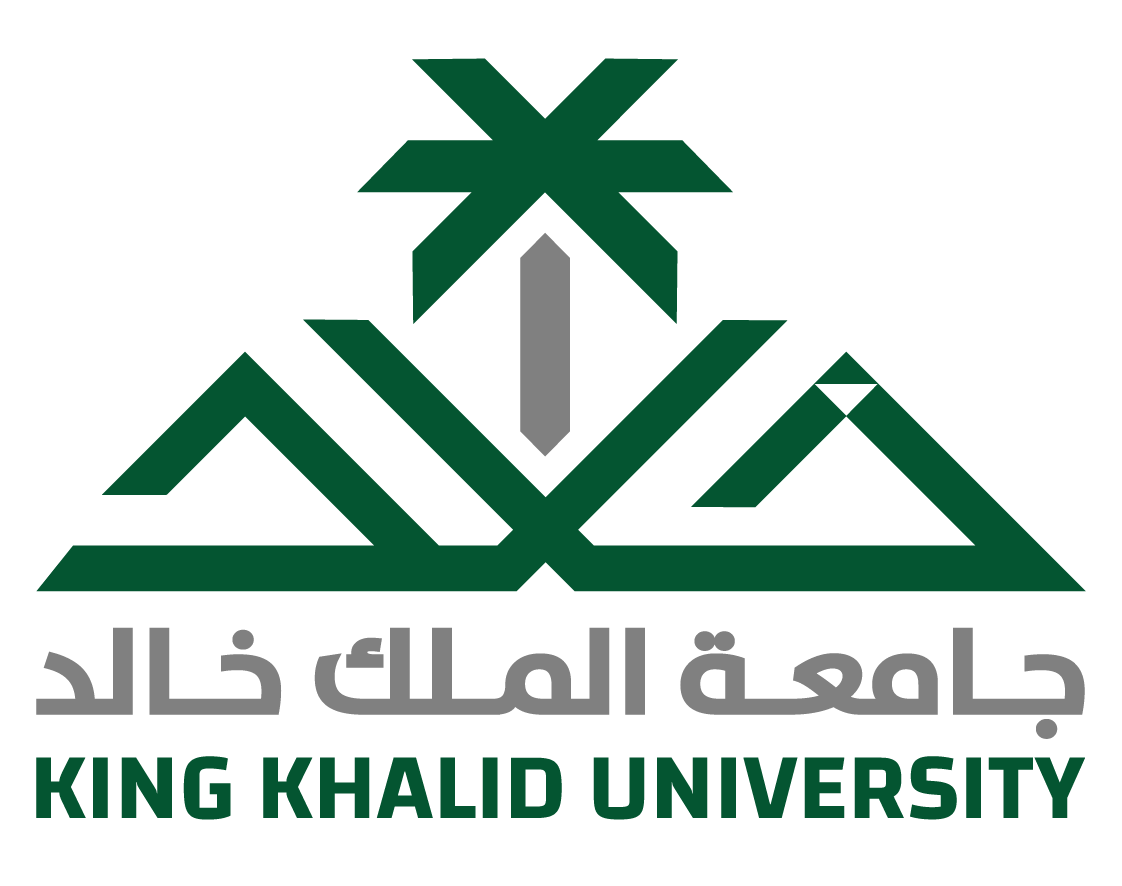FLT Delivers Innovative Translation Course
In cooperation with the Deanship of Community Service and Continuing Education and under the supervision of Dr. Abdullah Al Melhi, Dean, and represented by Dr. Eyhab A. Bader Eddin, Lecturer, an 18-hour short course titled "Introduction to General Translation" that ended on March 8, 2017, was delivered by the Faculty of Languages and Translation (FLT). The course took place in the Al Qimma room, on the 2nd floor of Building 4, Deanship of Community Service and Continuing Education. Dr. Abdullah Al Melhi asserted that tailored, in-depth short courses aligned with market demand provide invaluable knowledge acquisition opportunities.
The trainees were mainly English teachers from the Ministry of Education. Some trainees were from the military sector while a few were from the Ministry of Health. The course was given by Dr. Eyhab A. Bader Eddin, a qualified expert in translation with prior first-hand experience in the European Union and United Nations. The trainer broke down the essential components of translation for the trainees so as to simplify things. He kicked off the course with a brief historical overview of translation, moving to the core elements making up translation. The first session saw an introduction to the general characteristic features of English and Arabic statements. Such issues as syntactic mismatch in both languages were touched upon, trying to find some strategies to overcome inherent problems that are puzzling. Session 2 saw how the linguistic phenomena of hyponymy and homonymy in translation are crucial to understanding. An in-depth review of specific issues in lexical semantics occurred in a bid to broaden the reflections of the trainees. The stylistic features of headlines were introduced, adducing evidence from official newspapers. Relevant pie charts were displayed to illustrate the frequency omission of articles occurs. Attempts were made to translate many headlines in both languages, discussing some important issues of what made a good translation and what spoiled it. Simple translation quality assessment techniques were reviewed. An assignment wrapped up session 2. Session 3 discussed the translation of non-finite clauses, and if-conditional in both languages, demonstrating the resulting nuances of meaning.
The remaining sessions were devoted to translating short texts, ranging from journalistic, political, and scientific to literary text types. Some time was spent on working out translation problems when dealing with idiomatic expressions and proverbs. Cultural gestalt was copious in the two languages. An assignment was distributed every week to ensure they had understood the topics discussed. Assignments were corrected and returned to ensure students remained actively engaged and committed to improving. Anonymous individual feedback for use in future courses occurred via an evaluation form. The course sun sank with a ceremony during which attendance certificates were distributed to the trainees who attended at least 80% of the entire course. Dr. Mubarak Al Hamdan, Dean of Community Service, and Dr. Abdullah Al Melhi participated in the closing ceremony and handed over the certificates, wishing all the best of luck.
This is what some participants (anonymous) had to say about the course.
“Active learning has been seen in an interesting environment. Teaching has been conducted in a way that comforts students or learners and attracts them."
"An excellent course, I hope that it continues for several times so that we can benefit from it."
"First thank you so much for this great course. This course changed my ways in translation."
View Lecture 1 by clicking here.
Date: 03-10-2017
Source: Faculty of Languages and Translation
Multimedia Contribution: Anas Al Sharani, FLT Student
